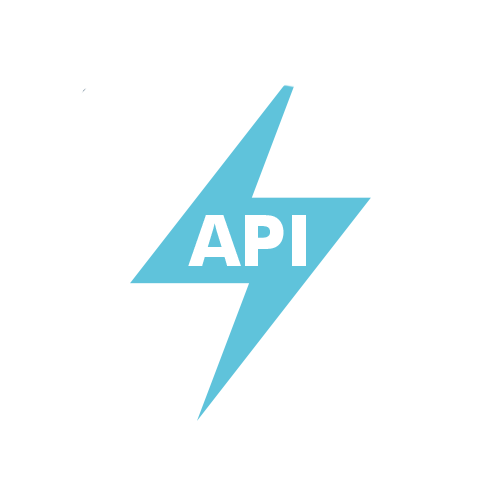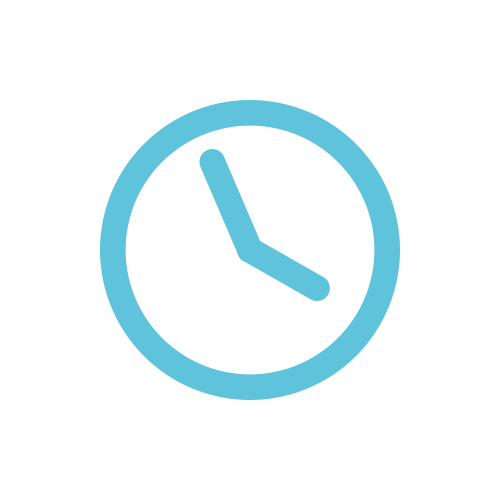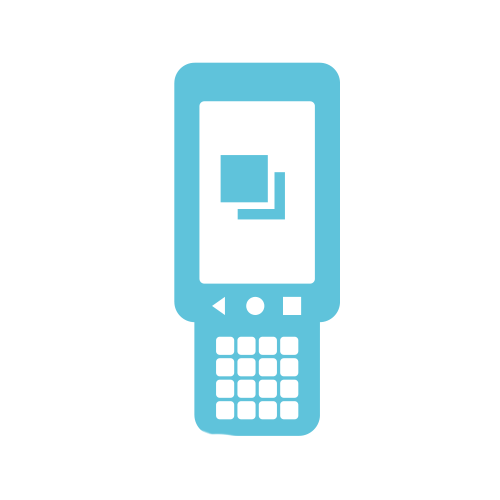Feature Showcase
Order Filtering and Scheduling
These are two important features that could provide significant benefits in time saving and operational efficiency. For a busy operation with high order volumes, the work involved to collate, select and process orders, then generate picking tasks can be extensive and time consuming. These features offer an automated process that requires minimal user intervention from start to finish.

With direct integration via API to shopping carts, marketplaces or external order systems, the flow of inbound orders can be constant, or subject to fluctuation. Either way, the timing and frequency of orders for immediate or later processing may not lend itself to an already high workload, resulting in repetitive, system-based manual processes. Using these features the admin work involved can be eliminated, smoothing out the activity to take place within up to a 24 hour time frame.
The first part of this process is the ‘Order Filters’ feature. This allows you to create a ‘filter template’ in the system which can automatically filter received orders according to the definable categories set up. The captured orders can then be available for processing. If necessary (e.g. for exceptions) this can be done manually via normal system processes. But for maximum benefit it would be done by creating an automated schedule to remove the need for any supervisor intervention.
The filter template has a range of selectable filters which you can choose to create a unique, named version. For example, you could filter your orders by selecting all those containing items for a specific product or product group with say, less than three items. Alternatively you might want to filter by ‘order type’ (e.g. UK domestic) and those being sent via specific delivery service (e.g. before 08.00am). Or perhaps by selecting all products to be sent by a specific carrier, for next day delivery.

A schedule can be created for each template allowing you to define start and end times (typically a working day) and select an excluded period, for example a lunch or rest break. You can then determine its frequency of operation for each day. This will depend on your daily volume and workload, but can range from ‘never’ (i.e. a non-working day) to ‘every minute’, with intervals of five, fifteen or thirty minutes, or every one, three or six hours.

The filtered, scheduled orders will then be processed automatically each day according to the specified time intervals. Depending on whether you pick with paper pick lists or via the ProSKU App, the orders will then appear either in the Movements option, from where you can generate a picklist, or be transferred to the App scheduler from where the picking tasks can be performed in real time.
The order filter function can obviously be used as required to suit your own order profile. Any orders which are not captured by a particular filter can still be selected and processed in the usual way.


